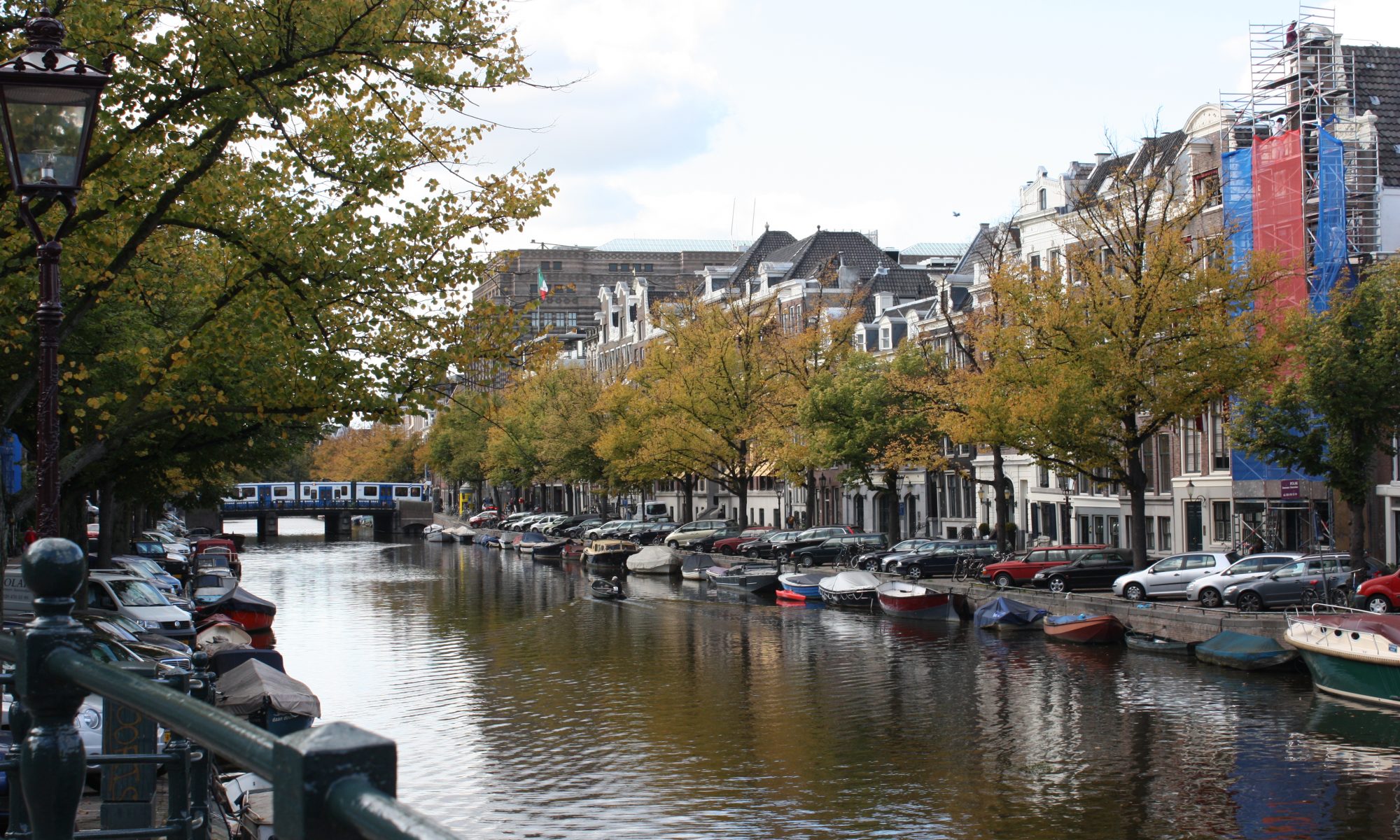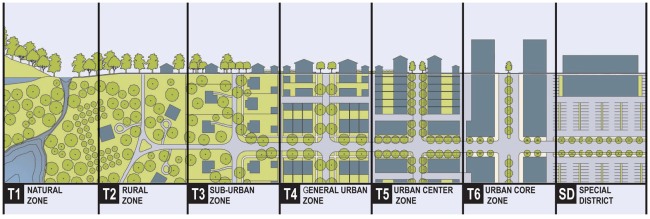Oklahoma City is growing. It is growing with new residents, it is growing up and it is growing out. That is undeniable. How City leaders and residents plan for this growth can engender hot debate.
Steve Lackmeyer has been writing his OKC Central blog for a little over 5 years now. (Sidebar: Steve, it doesn’t seem that long ago that you started this. Congrats.) Steve recently wrote a couple posts that garnered some debate on Twitter and in blog comments about downtown, alternate planning views and placemaking. A thread on OKC Talk praising a recent Joel Kotkin piece started up with some heavy debate about development patterns and future cities. These blogs, Twitter conversations and OKC Talk debates have me frustrated and perplexed.
I am thoroughly frustrated with the status of debate in our country today. The internet and connected age has brought with it the ability for people with drastically different viewpoints to have loud mouthpieces, and people in the middle become drowned out. I dislike most of Joel Kotkin’s work because he generally takes an all-or-nothing approach to pro-suburbia, anti-downtown speech. For instance, the article in question, “Houston Rising-Why the Next Great American Cities Aren’t What You Think” contains this amazing one-liner: ‘Finally, they will not become highly dense, apartment cities — as developers and planners insist they “should.”’ How absurd. I do not know a single planner in Oklahoma that ascribes to this mantra, nor do most of the planners I learn from and follow. The tendency to deal in black and white, rather than, grey, is what causes debates about planning and the future of cities to devolve into suburb vs. downtown, one-way-or-the-highway drivel.
Taking this to Oklahoma City, Steve recently commented about Placemaking on Twitter. A few of the responses he got were relatively “suburb vs. downtown” and anti-bike lane in nature. Placemaking is not simple, nor is it easy. Placemaking is not a one-size-fits-all answer to planning. Planning itself is never simple or easy. Planning, like it or not, is a giant grey area, full of debate, compromise and give-and-take.
Suburbs, downtowns and in the urban core all have their place in the future of Oklahoma City, and all other cities. That is not, and should not, be the issue.
Primers on a few things that I think are misinterpreted by people when talking about planning:
Downtown: Planners want an entire city to thrive, not just downtown (and not just suburbs either). A city draws strength from all aspects. A strong downtown with things to do and places to work, congregate and share ideas will draw people, and most planners recognize that these people all cannot, and will not, live in an urban core, especially in Oklahoma. Oklahoma City is proceeding in the right direction north and east of downtown. Take a look at the Deep Deuce area. The apartments, old and new, are extremely desirable and usually wait-listed. The urban fabric is fantastic. North of downtown, Midtown and the organized ownership and development is really enhancing a rundown area. Open land still exists, but the train is on the right track. Hopefully this can translate to under-utilized land in west and south downtown being developed soon.
Suburbs: People need to live somewhere and certainly not all in high-rise apartments or even in low-to mid-rise townhome developments. The development pattern of suburbs is where OKC runs off track. I am not talking about the actual development OF suburbs, but the street patterns, home designs and lack of connectivity. Some builders are noting that they see the need for change in home design (via NewsOK and Caleb McCaleb, builder). Sidewalks within neighborhoods are now required, but connections to commercial areas are still lacking, even when developments are built adjacent to each other. Why is walking made to be such a chore here?
Transportation Modes: Believe it or not, most planners are not anti-car. We are pro-mobility, which means we want people to be able to choose how to get somewhere, not be forced into driving everywhere. Many people assume that cars = freedom, but a variety of surveys indicate that many Millennials (age 18-32) now find cars to be a burden. Why? We are so virtually connected, we want to be able to move freely, without the need to worry about paying attention to the road. Additionally, we want to spend our money on things other than vehicles. New electronics, phones, music, vacations, clothes, better food (especially with the growth of Oklahoma City’s higher-quality food scene), bikes, etc. take precedence over a car. What this all means is that planners want cities to be built with options in mind – the option to be able to easily walk to a restaurant or a store, to take a (well-scheduled, efficient) bus, light-rail or streetcar, to safely ride a bike OR a simply drive car.
Remember, planning is not simple or easy. No black or white answer exists, and it differs from community to community, even neighborhood to neighborhood.
What best may sum up my personal viewpoint of city development is best represented by the transect-based model of planning. Read more here: http://www.transect.org/ This theory of planning and urban development takes all aspects of development and city-building into account, best represented by the following graphic (courtesy the Center for Applied Transect Studies and Duany Plater-Zyberk & Company):

